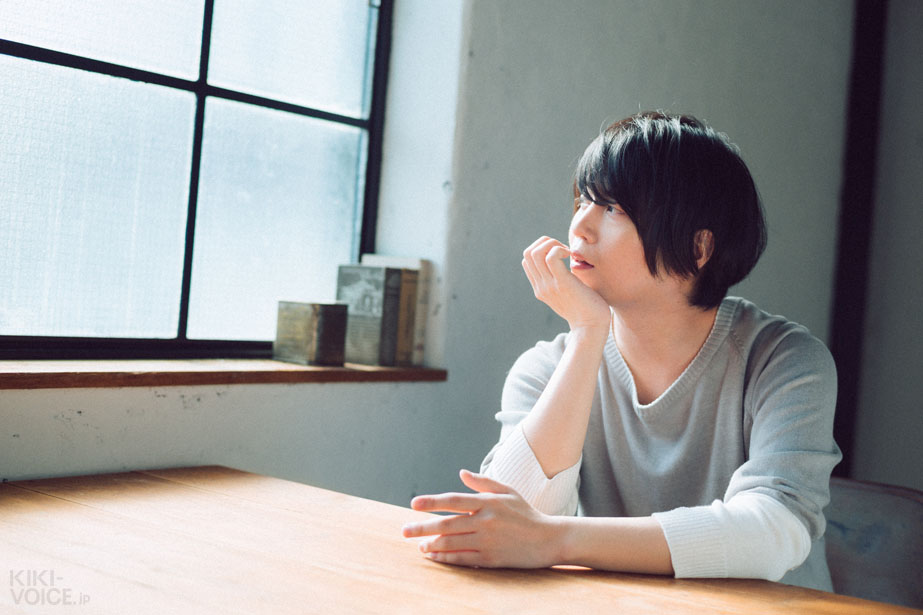
Published: 2017/2/1
Original URL: https://kiki-voice.jp/journal/156
※This essay was also published in the book compilation of Saito Soma no Kenkou de Bunkateki na Saitei Gendo no Seikatsu.
#2: Hopi Synchronicity
I was absentmindedly watching TV at home after work, and as is typical for the changing of seasons, there was an occult special on air. The program was about the prophecy of the Hopi, a Native American tribe. Their name means “peace,” and they’re considered descendants of the Mayans. Their warnings and predictions are passed down through generations. They made a few waves when they presented their prophecies to the General Assembly of the United Nations.
I love urban legends and the occult, but if you asked me if I sincerely believed in them, I don’t think I could honestly say yes. It’s ultimately just a hobby for me—something to enjoy. So I didn’t take this program very seriously either, treating it as an accompaniment to my drink.
Several days later, I was reading Nakajima Ramo-san’s essays and the words “Ho-pi- tribe” came up again. Intrigued by the coincidence, I read the essay very carefully and found out that the Hopi tribe possesses a unique concept of time. Apparently they don’t perceive time as a continuous stream from past to present to future—instead it’s events being “shown.” There are various theories about this way of thinking, but when I read this, I thought about the Akashic records. To put it simply, the Akashic records are an account of everything to ever occur in the past, present, and future of the world. In other words, it’s the exact same concept of everything being “shown” from there. Time doesn’t flow; it simply “exists.”
My stance on the Akashic records is the same as occult things in general: I don’t believe they really exist. But I do believe that mysterious signs like the ones in that TV show and the essay must exist somewhere. For example, when I was writing my university graduation thesis, there were multiple occasions where events that I thought were unrelated suddenly got linked together. Going further back, when I was studying for entrance exams, things I learned in world history would appear as topics in English passages. It was one of the interesting things about studying.
These mysterious signs are called “synchronicity”—intriguing little coincidences and miracles in our daily lives.
I don’t know if everything in the world is predetermined like the Hopi prophecy and the Akashic records say, but at the very least, I want to live my life appreciating the synchronicity that happens around me, because it feels like every day is a bit more fun that way.
And with that, tonight I’d like to latch on to that synchronicity and have a drink—Hoppy, of course.
Misc notes:
- The essay referenced is 突かれていないビリヤード台 (Tsukareteinai Billiard-dai) from Nakajima Ramo’s 愛をひっかけるための釘 (Ai wo Hikkakeru tame no Kugi)
- Hoppy is a slightly alcoholic beer-flavoured drink, often added to shochu